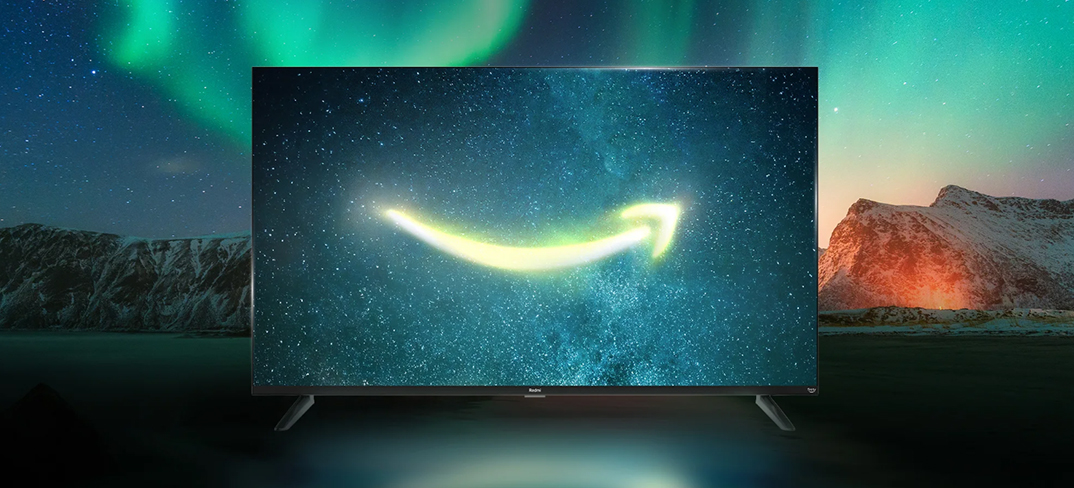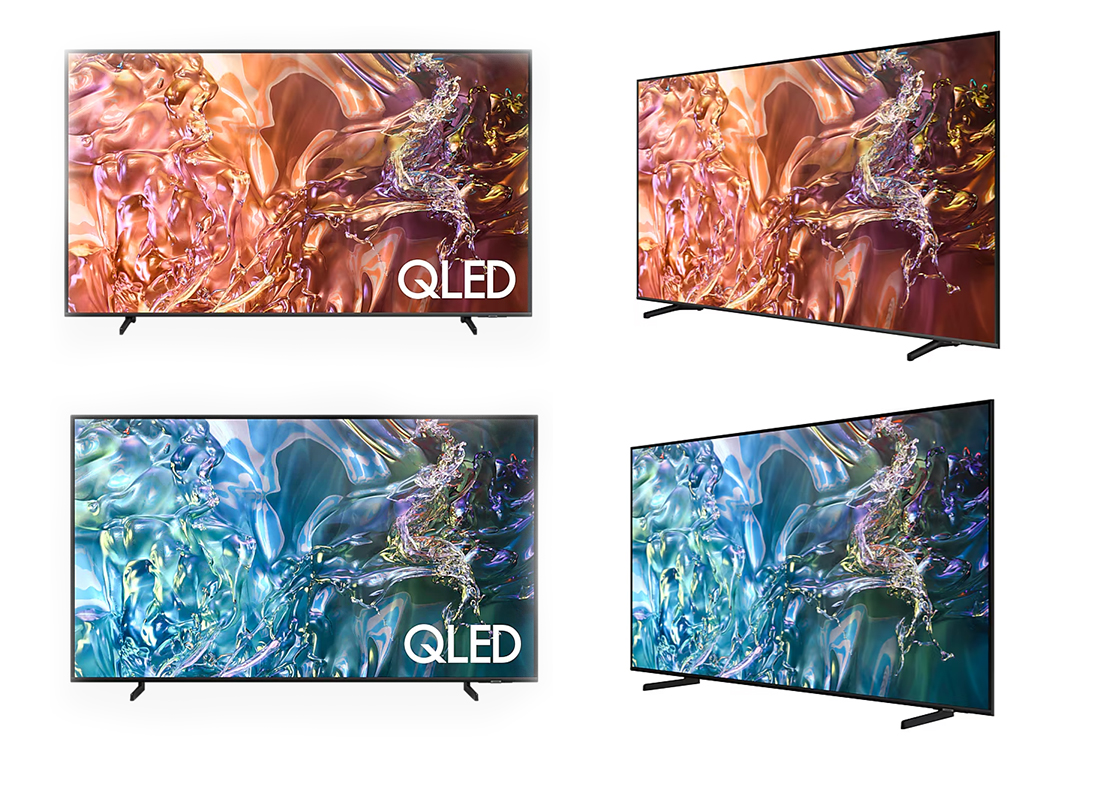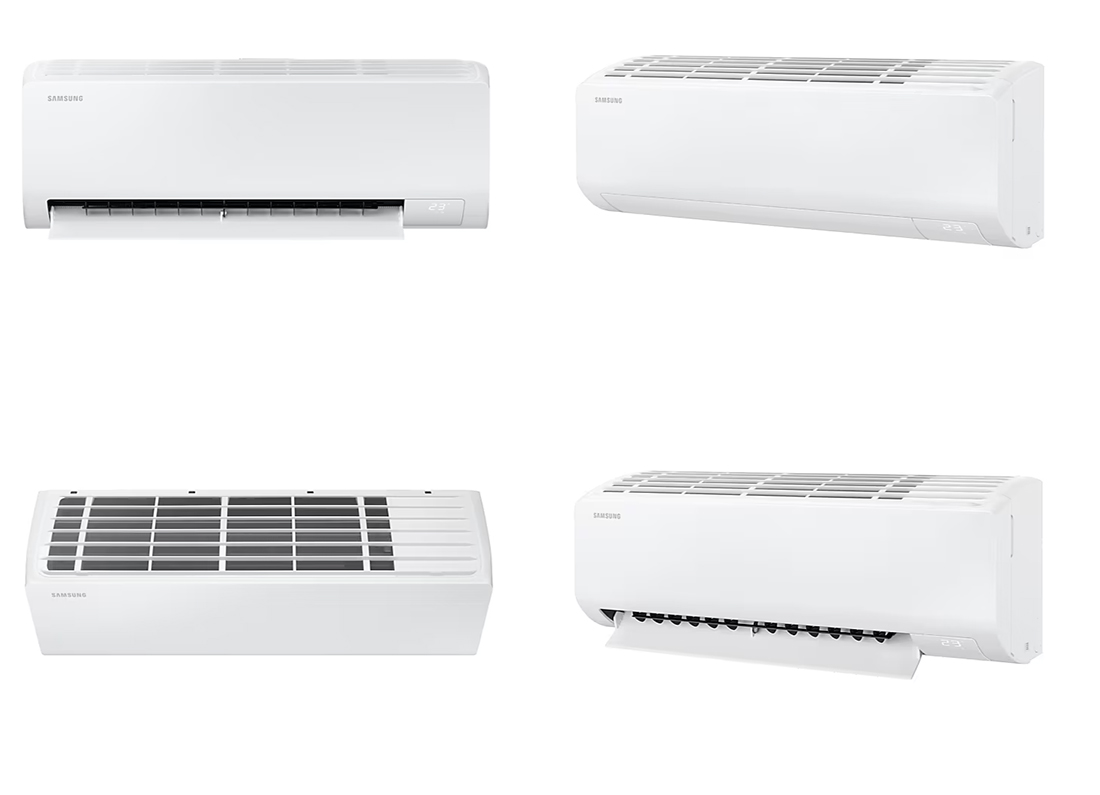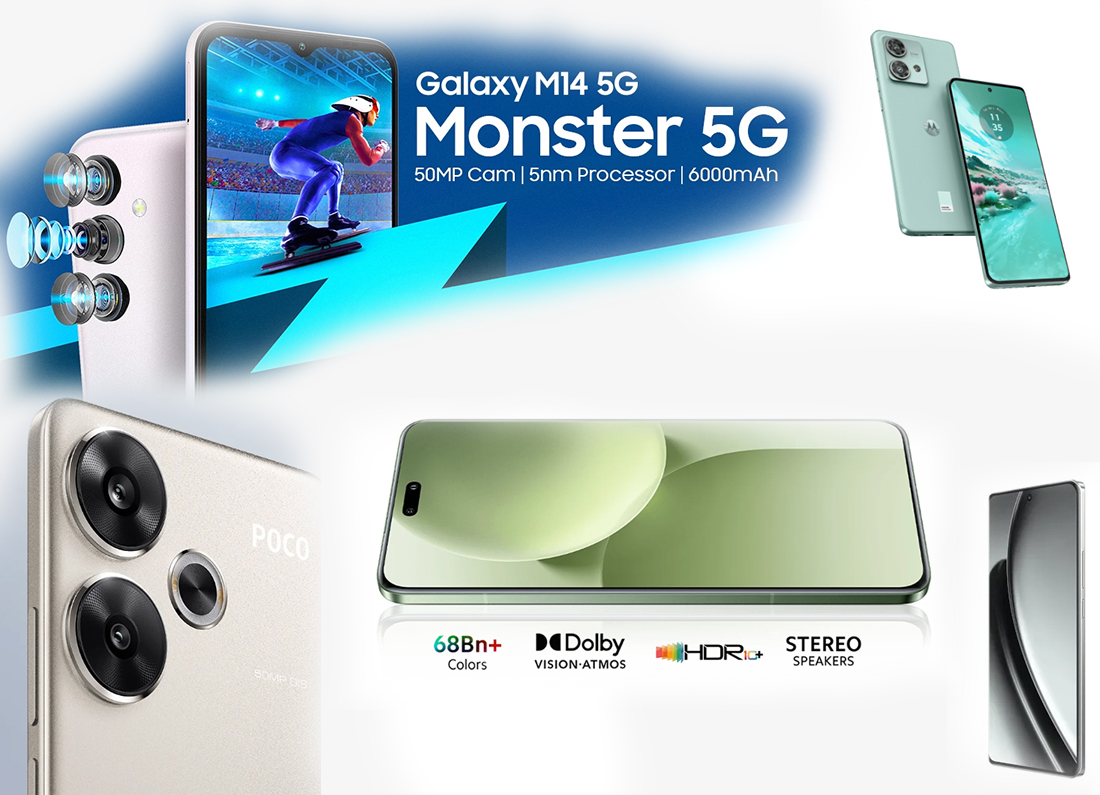When it comes to buying a new TV, the market is brimming with options. Three of the most popular display technologies you’ll encounter are QLED, OLED, and LED. Each comes with its own set of strengths and weaknesses, tailored to different needs and preferences. In this guide, we’ll break down what makes each technology unique to help you make an informed decision.
What is LED?
LED (Light Emitting Diode) TVs are the most common type of television on the market. They use LED backlighting to illuminate an LCD (Liquid Crystal Display) panel.
Pros of LED TVs:
- Affordable: LED TVs are generally more budget-friendly compared to OLED and QLED.
- Bright Display: They perform well in brightly lit rooms, making them ideal for daytime viewing.
- Energy Efficiency: Modern LED TVs consume less power than older LCD models.
Cons of LED TVs:
- Limited Contrast: Blacks can appear grayish due to backlight leakage.
- Viewing Angles: The picture quality diminishes when viewed from the side.
What is QLED?
QLED (Quantum Dot Light Emitting Diode) TVs are essentially enhanced LED TVs. They use a layer of quantum dots to improve brightness and color accuracy.
Pros of QLED TVs:
- Vivid Colors: Quantum dots produce vibrant and lifelike colors.
- Exceptional Brightness: QLED TVs are some of the brightest on the market, perfect for well-lit environments.
- Long Lifespan: The technology is less prone to burn-in compared to OLED.
Cons of QLED TVs:
- Contrast Limitations: While better than standard LEDs, QLEDs still can’t match the infinite contrast of OLED.
- Viewing Angles: Like LED TVs, QLEDs also suffer from reduced picture quality at wider angles.
What is OLED?
OLED (Organic Light Emitting Diode) TVs use self-emissive pixels that can individually turn on and off, eliminating the need for a backlight.
Pros of OLED TVs:
- Perfect Blacks: Each pixel emits its own light, allowing for infinite contrast ratios.
- Superior Viewing Angles: Picture quality remains consistent even at extreme angles.
- Thin Design: OLED panels are incredibly thin and lightweight.
Cons of OLED TVs:
- Pricey: OLED TVs are generally more expensive than LED and QLED models.
- Potential Burn-In: Prolonged static images can cause burn-in over time, although this is less of an issue with modern models.
- Lower Brightness: OLEDs aren’t as bright as QLEDs, which may affect performance in very bright rooms.
Which One Should You Choose?
The right choice depends on your specific needs and viewing environment:
- For Budget-Conscious Buyers: LED TVs offer a great balance of price and performance, making them ideal for casual viewers.
- For Bright Rooms and Sports Fans: QLED TVs excel in bright settings and deliver vivid, dynamic visuals, perfect for watching fast-paced content.
- For Home Theater Enthusiasts: OLED TVs provide unparalleled picture quality, making them the top choice for movie lovers and gamers who value immersive experiences.
Conclusion
Choosing between QLED, OLED, and LED TVs comes down to your priorities—whether it’s budget, brightness, or picture quality. By understanding the differences, you can select the perfect TV to elevate your viewing experience.












Leave a Reply